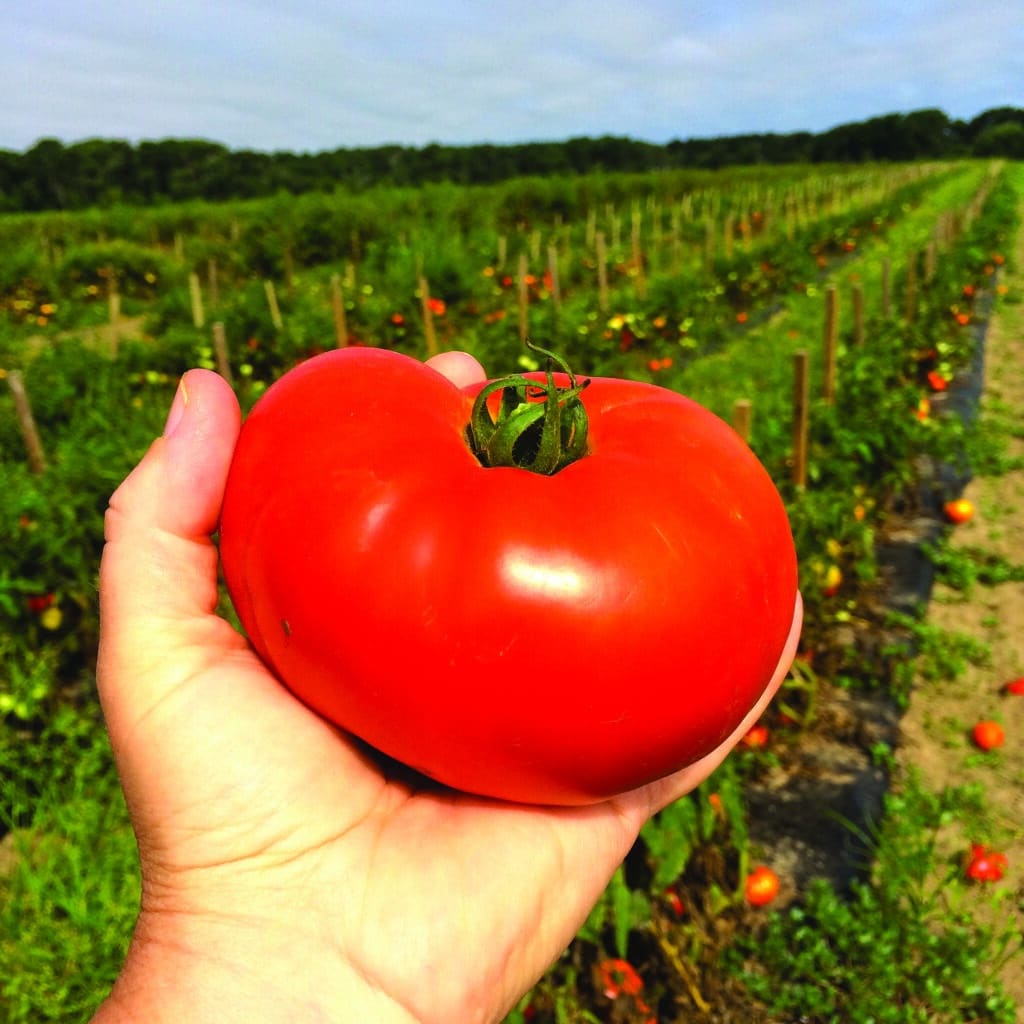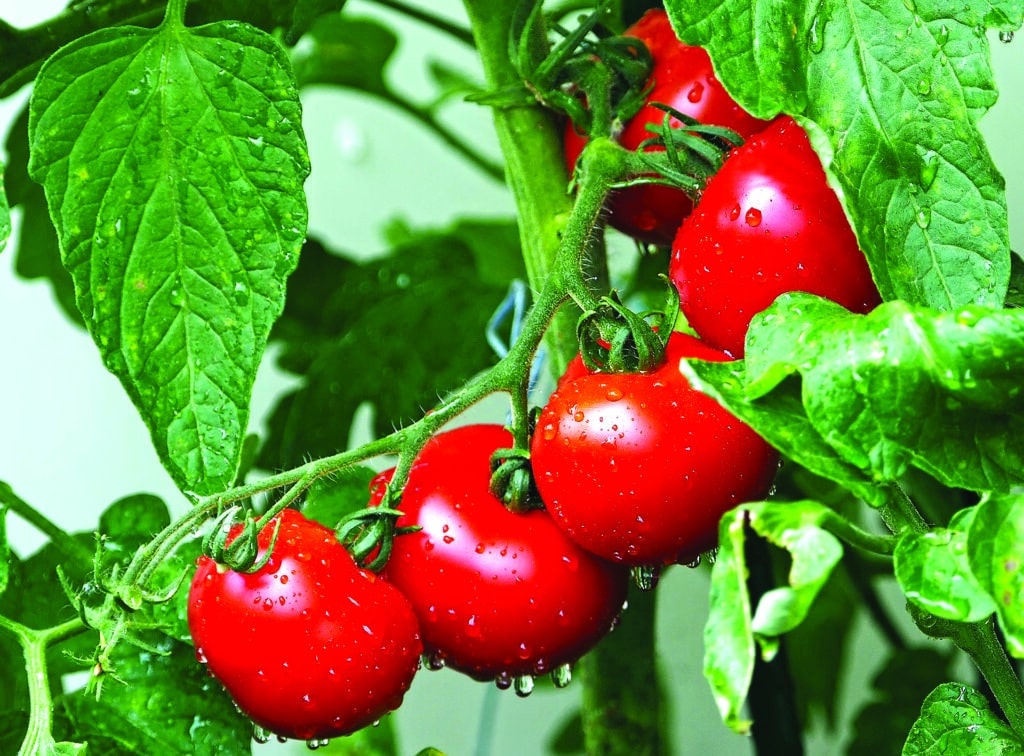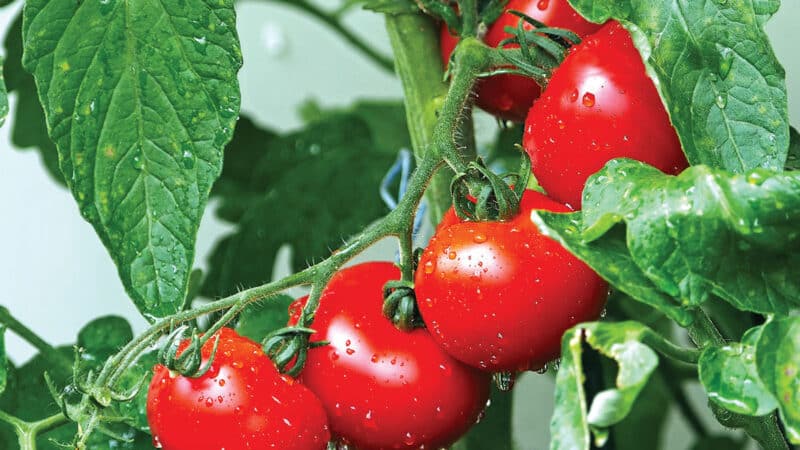by Greyson Keller
Tomatoes sun ripened,
Potatoes Earth grown.
My harvests beckoned,
As I walked the cobblestone.
Herbs full of flavor,
And Zucchini on the mind.
A taste I will savor,
Now a meal to design.
Start from scratch,
With produce from your patch,
Nourish the body and soul,
With a beautiful beet bowl.
Regardless of what your grow,
There will be bounty galore.
As the garden reaches its crescendo,
And comes through the kitchen door.
In the garden, a mourning dove calls. The heat of the day is already boasting of its strength, but there’s a slight wind with a gentle touch as it cools the sweat of my brow. The air is saturated and heavy, but the prize offers a brief reprieve in radiant red. It’s tomato season.

As I fill my basket with candy from a vine, I catch myself daydreaming of all the edible endeavors in my future…assuming the harvest makes it into the house before my daughter and I eat it all. But if you’re like me, you’ve sown way too many tomatoes and you’re about to have an avalanche of abundance. In years past, I’ve felt guilty for not being able to eat or give away all my tomatoes and some inevitably go bad. I have a plan this year. I’ve read some recipes and watched some videos on how to store that quintessential summer flavor. I’ve also focused on companion planting, which is proving successful beyond just the symbiotic relationships in my garden. The basil for instance has not only helped keep pests off my tomatoes, but I’ll be able to harvest it with the tomatoes.
Things like homemade caprese salads, bruschetta, margarita pizzas and even pasta sauces will be less of a fantasy and more of a reality. These two plants have been inseparable from the start, and that’s the way it’ll stay.
Tomatoes aren’t the only thriller in the garden these days. Just last night we made beet burgers and home fries. The beets and potatoes were pulled straight from the garden and on our plates within an hour. This gave a whole new meaning to the term HOME fries. This time of year I spend a lot of time in the kitchen. We’re either cooking fresh or trying to preserve the harvests. It’s difficult to speak about veg gardening without including the kitchen. Gardening and cooking go hand in hand. I’ve always been a better gardener than cook, but as I get older and more experienced in the kitchen, the skills are evening out. At least I hope they are, for my wife and kids’ sake. With that in mind, I think it’s best to offer up some easy recipes for you to try with some veggies that are likely in your summer garden.
Let’s start with the quickest and easiest. If you haven’t tried potatoes in your garden, you’re missing out. There is nothing better than a flowery auld spud, parboiled with melted butter, salt, pepper and a small handful of fresh, homegrown mint. This is my ideal July appetizer. The idea is to get the spud from ground to gullet as quickly as possible. There is a depth of flavor there that makes my Irish wife long for the shores of her hometown. This dish is best enjoyed standing in the kitchen, sharing one plate with two forks and inward breathing the whole time because the heat and flavor are so intense, it’s a sin to even exhale.

The next dish is, of course, the beet burgers. Beets are so easy to grow and they’re surprisingly versatile in the kitchen. Everything from the simple roasties to beet burgers or beet wellington. The guys over at The Happy Pear do a great beet wellington that I always try to emulate for any fall or winter celebration. You can find that recipe on Youtube in The Happy Pear vlog. The recipe that I’ll highlight is from a meal service company called Purple Carrot. They deliver some really creative recipes that you can change, adjust, and perfect. Beets are beautiful. They’re one of the vegetables that I always have in the ground. We’re just about finished with our first round of beets, but I’ve already sown the fall crop and it’s not too late for you to do the same. Here are the directions for beet burgers with smoky tomato aioli and potato wedges (I did home fries).
Preheat the oven to 425. Add a quarter cup of quinoa and a quarter cup of of jasmine rice to a small saucepan filled with one cup of salted water. Cover, reduce heat to low and cook until the grains are tender and water is absorbed, about 10- 12 minutes. While the grains are simmering away, cut the potatoes into wedges or cubes depending on whether you’re doing home fries or wedges. Add them to a large bowl and toss with oil, salt, and pepper. I skip the salt and pepper and just use Montreal steak seasoning. It’s amazing. Toss them onto a baking sheet and into the oven for 18-20 minutes. Now for the tomato aioli. They call for tomato powder, but that’s blasphemy if you have fresh, ripe, sun warmed tomatoes outside on the vine. Go collect some tomatoes, cut them up, add a little S & P and toss them into the oven with the potatoes until they get all wrinkled and slightly browned in areas. When they reach that point, pull them out, add some mayo or veganaise and an eighth of a tsp of liquid smoke. Whisk it all together and salt to taste.
Now for the main ingredient. Grab a fat beet or two and grate them. You might want to wear gloves because your hands will turn bright pink. My daughter was jealous because she thought I had been finger painting without her. Once you have your grated beets, put them with the cooked grains and half a cup of panko breadcrumbs into a food processor. Blend until well combined, scraping down the sides as necessary. Now divide the beet burger mixture into equal patties about three quarters of an inch thick. Add some oil to a skillet over medium high heat and cook until lightly browned and warmed through. About 5-7 minutes per side. It’s a good idea to toast your buns while the burgers are cooking. Add a bit of mayo to the bottom half of your toasted bun, then the beet burger, then your tomato aioli, some chopped shallot, maybe some pea shoots or any kind of green from the garden, and you’re done. Plate up with some of your wedges or home fries and enjoy outside on your patio or deck. Dig in!
Lastly, considering it is tomato time, I think I’ll share my favorite pasta sauce recipe with you. Now, obviously you can enjoy this fresh, but I much prefer freezing it to enjoy the flavors of summer when snow blankets the veg beds outside. Of course you do lose some vibrancy of flavor when you freeze anything, but I think it’s a fair trade. Start by harvesting any ripe tomatoes, basil, and garlic from the garden. Garlic is something that I harvested a few weeks ago and it has been drying since then. First, I like to roast the tomatoes and garlic in oil, salt, and pepper. Just long enough to brown the skins. Then, toss the tomatoes and roasted garlic into a skillet. Once simmering, I add just a bit of balsamic vinegar and maple syrup. Let those flavors combine for a bit. Add some red pepper flakes and thyme or oregano to your liking. More salt and pepper to taste and then add it all to a food processor. Top with as much fresh basil as you’d like (I like a lot) and some grated parmesan cheese. Blend away, and you’re done. This is obviously at its peak when used immediately but, as I mentioned, I like to store it in some tupperware and freeze for use in the winter months. This sauce is so versatile too. You can use it for a simple pasta dish, lasagna, eggplant parmesan, and so on. The options are almost limitless.
The garden and kitchen are becoming one in the same to me. Inside the home, our kitchen is the hub of happiness for our family. It’s where we all inevitably congregate to talk, drink wine, and unwind from our days. The garden is an extension of our home. We’ve set up tables and chairs all through, so it’s not just a place where we grow food, but it’s a beautiful environment for us to relax and enjoy the view. We have family dinners and socially distant gatherings to bask in the delight of our plot. During this new normal, we have to focus on what makes us happy and keeps us all safe. The sense of accomplishment I get when I grow something amazing from a tiny seed is tough to describe, but I can tell you, it never gets old. That feeling translates to the kitchen, too, when I take that harvest and create a nourishing meal for my family. After all, it’s not just veggies we’re growing, it’s relationships and connections and, most importantly, two little humans.



